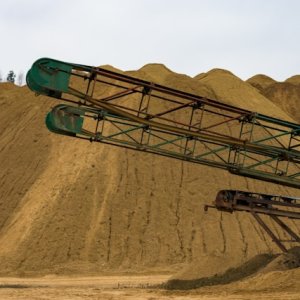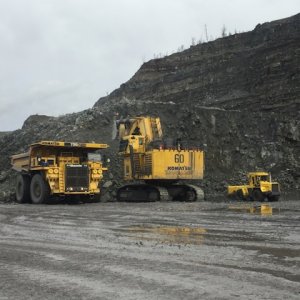Tailings Management: Solution to Sustainability Dilemma

STORY INLINE POST
Q: How has Compañía Minera Cuzcatlán thrived in operating the fourth-largest silver mine in Mexico in a socially and culturally complex state such as Oaxaca?
A: We have worked hard over the years to gain the trust of our stakeholders. While we have built a good relationship with most of our neighbor communities, we understand that this is a constant effort based on permanently open communication. To achieve this, we continue developing a transparent and accountable communication strategy in which we promote all our social and environmental projects, but also acknowledge if we make a mistake. For example, we have a weekly radio show in which we constantly create and broadcast content on our social networks, we sponsor and manage several social programs regarding production training for farmers, dressmaking courses for women and provide student grants for remarkable youths, to name a few. On top of our social initiatives, we have built and developed a skilled and dedicated team that ensures the efficiency and continuity of our operations.
Q: How are you implementing a more sustainable tailings management at the San José mine in Oaxaca?
A: The geological characteristics of our San José mine favor flotation over lixiviation, which is eco-friendlier. Our tailings management begins with how we process ore to ensure that our tailings are as nontoxic possible. Specifically, we use two reagents, a collector that floats with the ore and a foaming agent that is degraded in the process, making our watered-tailings chemical-free. Instead of disposing our industrial waste in a tailings dam, as is usually done in the country, we chose to use a dry stack method for two reasons. First, we use a zero-water-discharge cycle, which means that we treat and reuse approximately 95 percent of the water in our process that is not lost due to evaporation. Second, as tailings dams occupy such a huge space, the environmental impact during the mine operation is greater. The dry stack implies disposing of our filtered tailings in a space covered by a geomembrane to prevent any filtrations through rain into the soil. We filter the tailings to recover their water, then put them in the dry stack and flatten them. We start creating a hill-like structure, which we cover as we go to prevent dust propagation. At the end of our life cycle, we will reforest this hill to return the mine site back to its natural state as much as possible. While this is a significantly costlier process compared to a tailings dam, the environmental return on investment pays for itself by far.
























